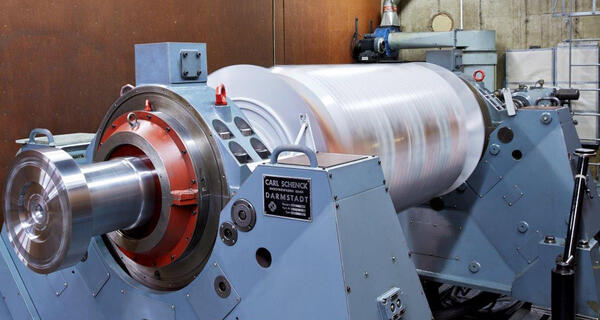Fortum Turbine and Generator Services - TGS, runs a workshop designed for full-scope generator maintenance services in Västerås, Sweden. Next to the workshop facilities is the only independent high-speed rotor balancing facility in the Nordic countries, expanding the service capabilities even further. At the balancing facility, we operate two specialised machines that perform high-speed balancing and testing according to the ISO 21940 quality standard. Using the experience gained from working with more than 700 rotors, our engineers perform both hot and cold balancing, as well as electrical tests both at standstill and operational speeds.
Originally commissioned to balance all newly built ASEA and ABB turbogenerator rotors produced in Västerås, the balancing facility now services new and repaired or refurbished rotors of any brand. Over the years, our skilled engineers have successfully balanced everything from the smallest exciter rotor to huge nuclear power turbogenerator rotors.
